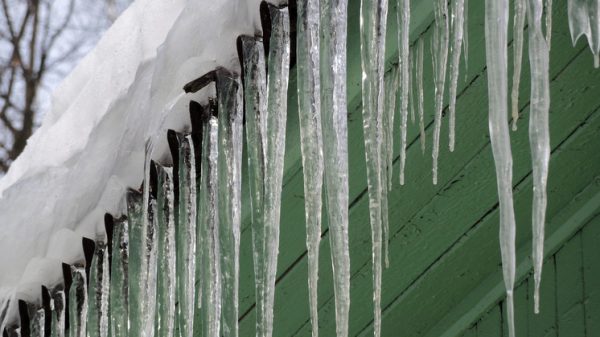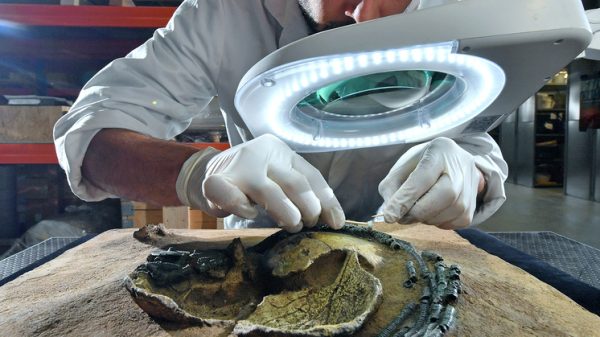The device broke into pieces
An uncontrolled European satellite falls to Earth after 30 years in orbit. ERS-2 breaks into pieces and falls into the ocean after re-entering our planet's atmosphere.

An out-of-control satellite re-entered the Earth's atmosphere somewhere between Alaska and Hawaii on Wednesday, astronomers confirmed.< /p>
As The Guardian writes, the European satellite, known as ERS-2, entered the atmosphere on Wednesday at 17:16 after almost 30 years in orbit, the European Space Agency said. It is believed that it was broken into pieces, with most of it burning and the remains falling into the ocean.
According to Yeka, when ERS-2 was launched in 1995, it “was the most advanced Earth observation spacecraft ever developed and launched by Europe” and revolutionized our understanding of the climate crisis.
“It has given us new insights into our planet, the chemistry of our atmosphere, the behavior of our oceans and the impact of human activities on the environment,” said Mirko Albani, head of the European Space Agency's (ESA) Legacy space program.
The satellite was decommissioned in 2011, and the European Space Agency decided to «de-orbit it» to reduce the chance of a collision with another probe.
Photos of the satellite rapidly approaching the atmosphere were published by ESA on Monday. The images were taken between January 14 and February 3, when ERS-2 was still above 300 km (186 miles).
The satellite was approaching Earth at a rate of more than 10 km (6 miles) per day, with its rate of descent increasing rapidly in its final hours. When it reached approximately 80 km, it is believed that it began to collapse and then burned. The exact timing was difficult to predict due to unpredictable atmospheric conditions that could increase or decrease the satellite's drag, as well as the probe's tumbling motion.
The vast majority of the satellite is likely to have burned up, and any surviving fragments are expected to be scattered somewhat randomly across an ocean space hundreds of kilometers long and tens of kilometers wide.
“Risks associated with the satellite's return very low,” the European Space Agency said.
“It is worth emphasizing that none of the elements that could be re-entered into the atmosphere are radioactive or toxic,” Albani said.
Dr James Blake, from the University of Warwick's Center for Space Science, said: 'There are thousands of active and defunct satellites currently orbiting the Earth, and ERS-2 is the latest to make the reverse leg of its journey, returning to the Earth's atmosphere. This is the fate that awaits uncontrolled satellites and debris that can no longer withstand the gravitational forces created by the Earth's atmosphere – indeed, operators are advised to expedite the return of their defunct satellites to keep space free for future missions.





















































Свежие комментарии